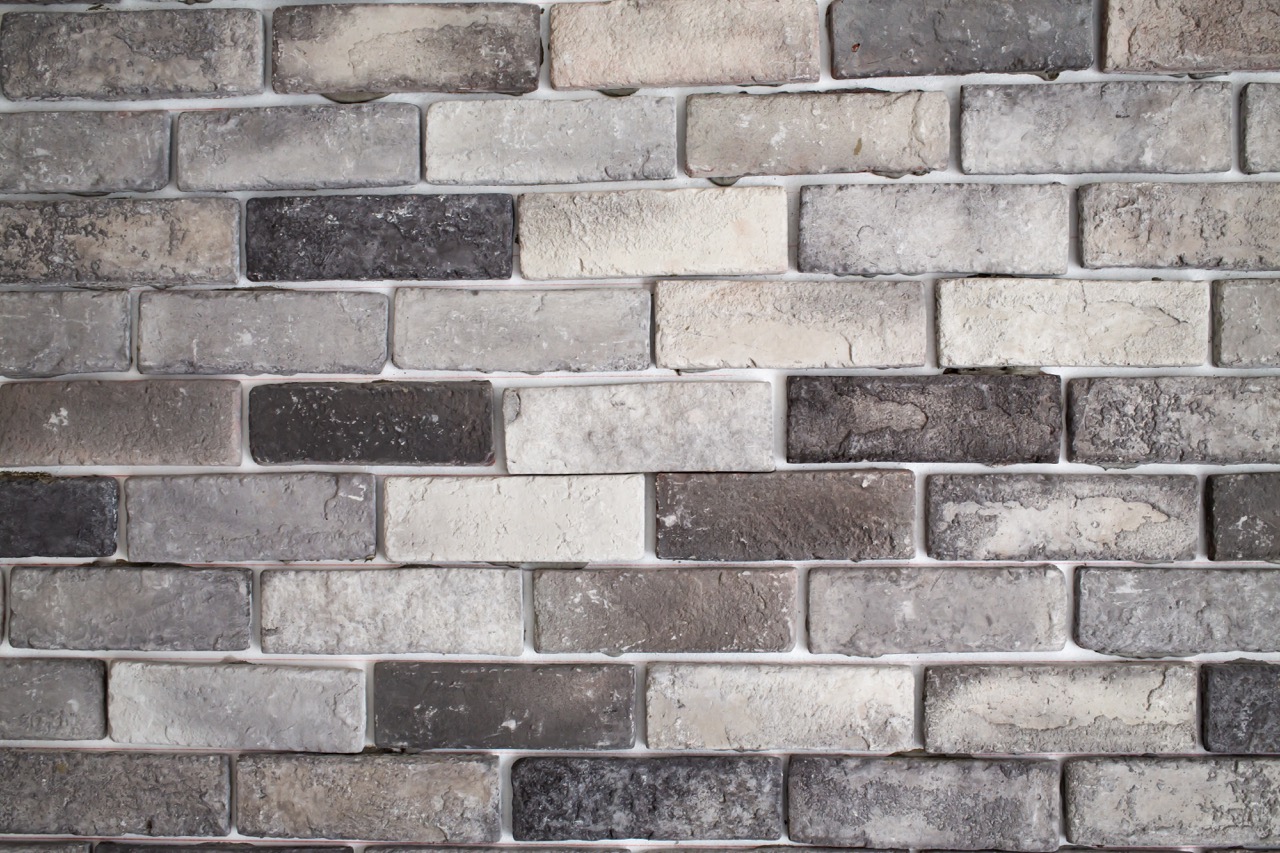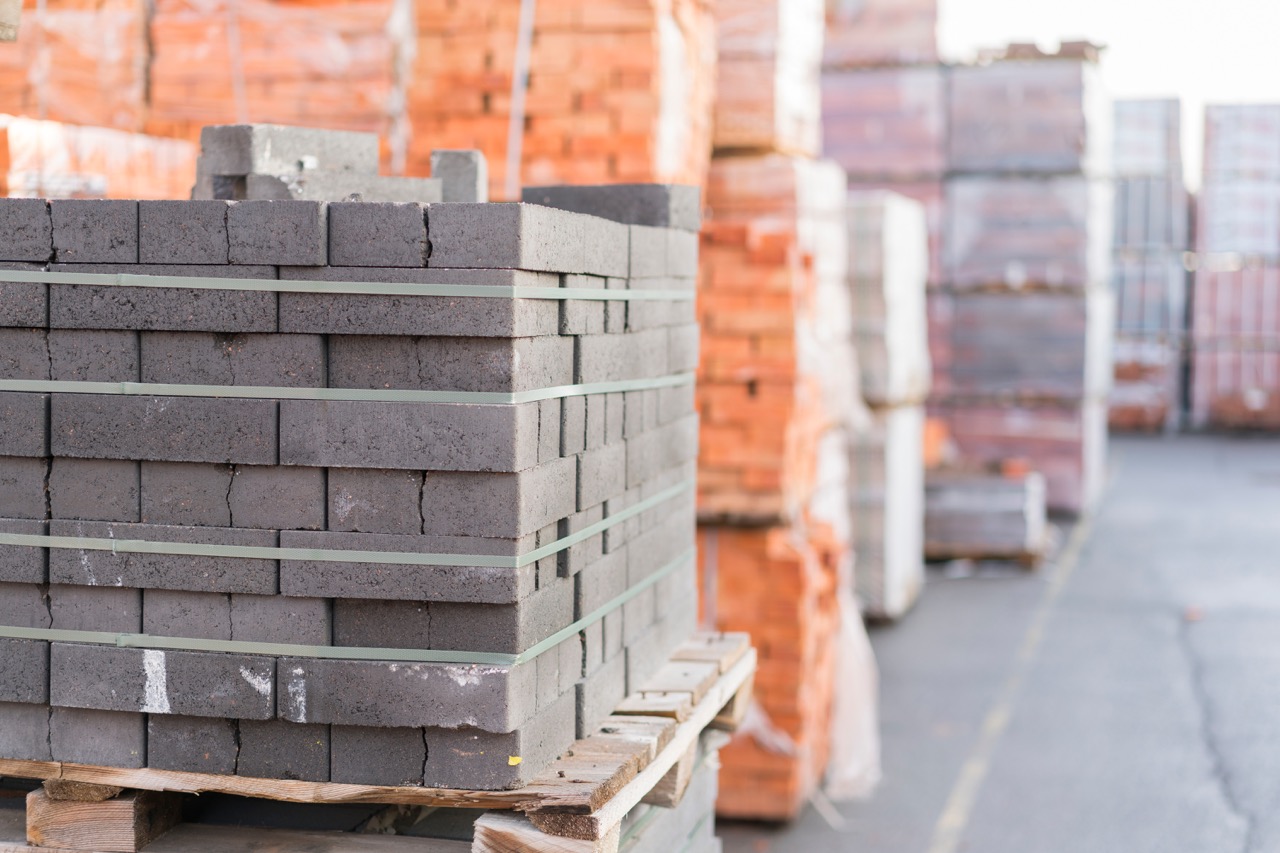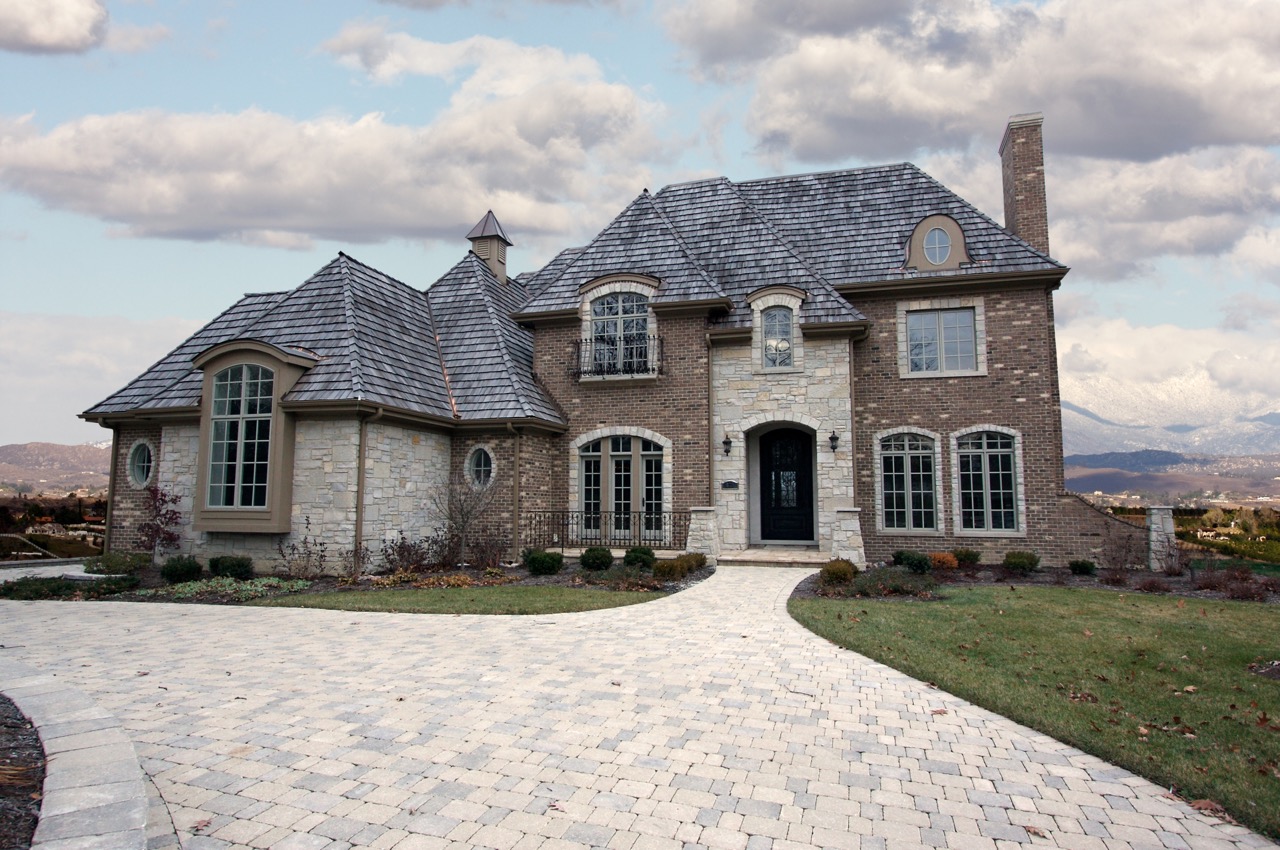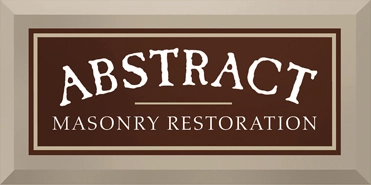In preserving historic stucco, several different factors need to be taken into account- the process itself is something the good folks at Abstract Masonry have down to a science. In the following article, we will discuss some of these factors as well as explore the history of stucco as well as the nature of its preservation. Some of what will be covered will include:
- The historical background of stucco
- The regular maintenance by which it may be maintained
- Assessing damage
Historical Background
Stucco has been a fixture in the construction of homes since ancient times. To this day, it is used widely throughout the world as well as one of the most common traditional building materials. Like mortar, stucco was primarily lime-based up until the late 1800s- the popularization of Portland cement, however, changed its composition (as well as mortar) to a harder material. “Plaster” has historically been interchangeable with “stucco” but the latter term is still favored by many, especially when referring to the traditional lime-based coating. By the time the nineteenth century rolled around the term “stucco”, while originally denoting fine interior ornamental plasterwork, had gained wide acceptance in the United States to describe exterior plastering.
In addition to the terms detailed above, “render” as well as “rendering” are also terms used to describe stucco, especially in Great Britain. Other historic treatments and coatings related to stucco in that they consist at least partially of plastic or malleable material, at least in part, include: wattle and daub, “cob” or chalk mud, parging and pargeting, pise de terre, rammed earth, briquete entre poteaux or bousillage, half-timbering, and adobe. All of these are regional variations on traditional mixtures of mud, clay, lime, chalk, cement, gravel, or straw. Many of these terms are still used today.
Regular Maintenance
While A.J Downing, a prominent American landscape designer, horticulturist, and writer, alluded to stuccoed houses in Pennsylvania that had managed to persist for one hundred plus years in good condition, relatively speaking, historic stucco is not inherently a remarkably permanent or long-lasting building material. Regular maintenance is a must in order to keep the material in good condition. Many older or historic buildings are not always accorded this kind of care, unfortunately. Due to the fact that building owners knew stucco to be a protective but also somewhat fragile coating, a variety of means were employed with the intention of prolonging its usefulness.
Among the most common of these treatments was the whitewashing of the stucco, a practice that often took place on an annual basis. The lime found in the whitewash would protect as well as keep stable and harden the stucco. Also, most importantly, it filled hairline cracks that would emerge in the stucco before they were able to develop into bigger, more problematic cracks. This was important because, at the point at which these cracks became bigger, moisture would be let in. In order to improve water repellency, stucco buildings were also sometimes coated with paraffin, another type of wax, or other stucco-like coatings, such as oil mastics.
Assessing Damage
Most stucco deterioration is the direct result of water that infiltrates into the structure of the building, generally through the roof, around chimneys, window, and door openings, or excessive ground water or moisture penetrating through or splashing up from the foundation.
Potential causes of this deterioration include ground settlement lintel and door frame settlement, inadequate or leaking gutters and downspouts, intrusive vegetation, moisture migration within walls due to interior condensation and humidity, vapor drive problems caused by furnace, bathroom, and kitchen vents, and rising damp resulting from excessive groundwater and poor drainage around the foundation. Water infiltration will cause wood lath to rot, and metal lath and nails to rust, which eventually will cause stucco to lose its bond and pull away from its substrate.







